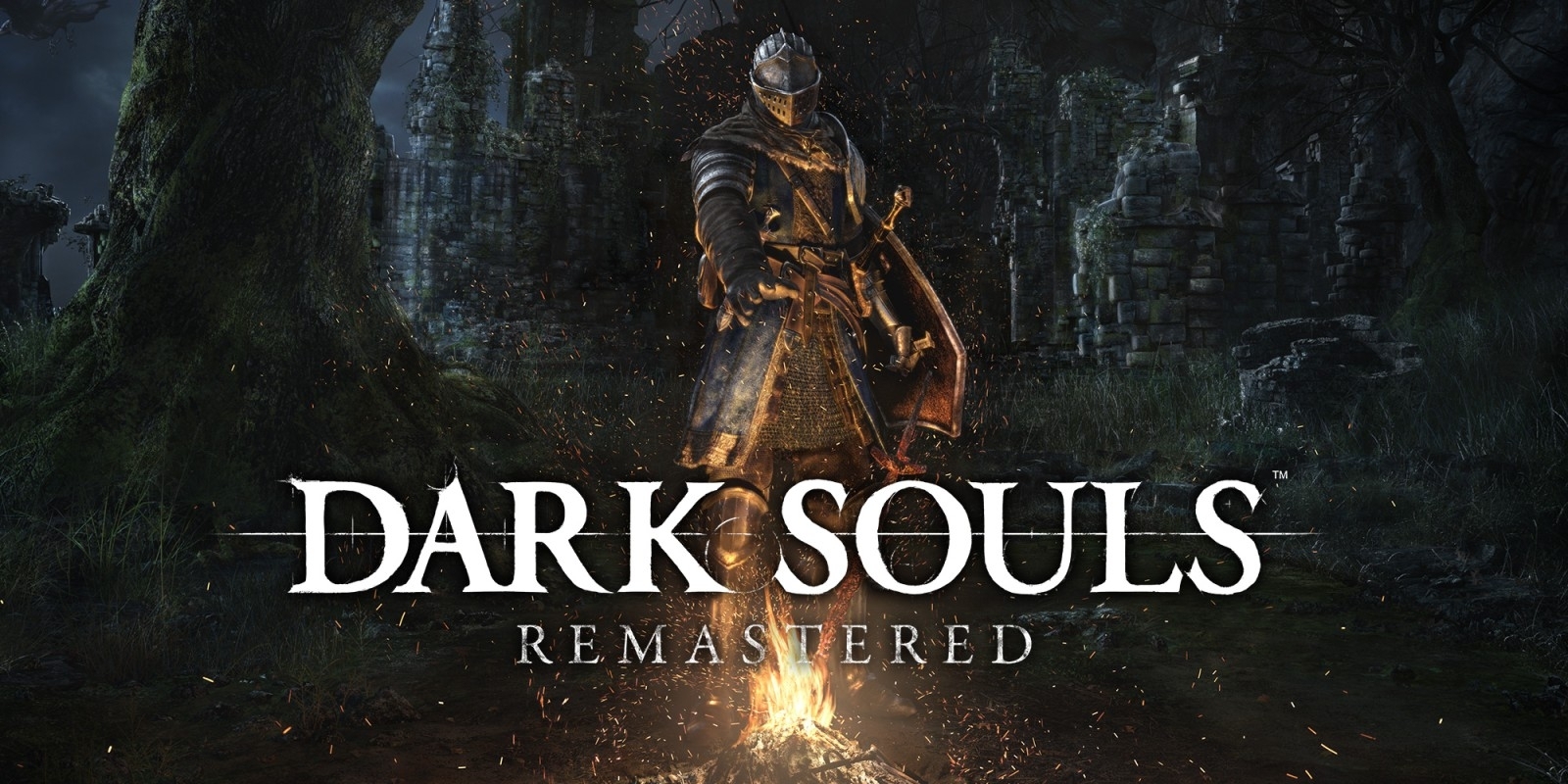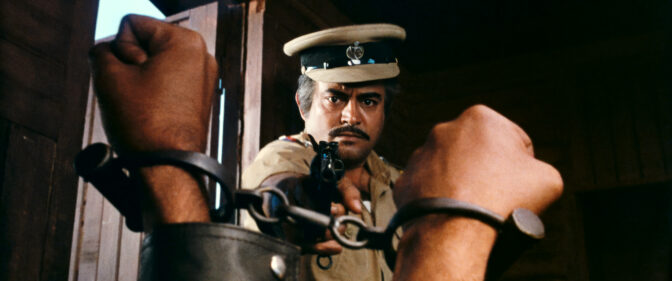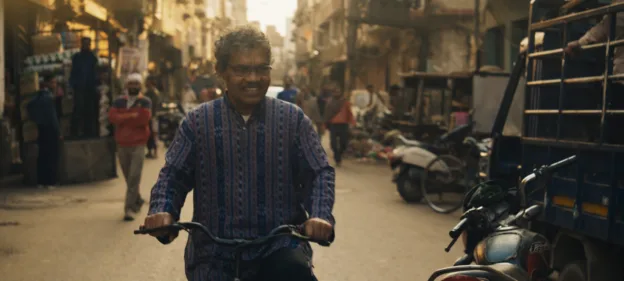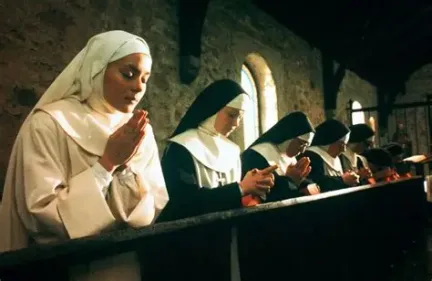Since we started doing video game coverage here at RogerEbert.com, we very purposefully focused on two types of games—those that pulled enough from the world of film that they could be called cinematic (“Resident Evil” [my review of “Resident Evil 7: Biohazard” here] “Uncharted,” “Prey”) and those that defied traditional expectations in such a way that they might allow those unfamiliar with the medium to realize that games are not as simple as they may have once believed (“Whatever Remains of Edith Finch,” “Detroit: Become Human”). There is a series of games that definitely falls into the latter category, and has recently been resurrected on the PS4. A couple weeks ago, I wrote about a game from Quantic Dream in which death was final. Characters didn’t come back. For another famous series of games, death is constant and brutal. They are called “Dark Souls,” and the first game was recently remastered for the PS4, ready to torture an entirely new generation of gamers. I can’t recommend these games highly enough, but you should be warned that they’re not for everyone.
For two whole games, I avoided “Dark Souls.” “A game so hard that it will make you cry” was not exactly what I was looking for in the world of video game entertainment. Then I played 2015’s “Bloodborne,” basically built from the same template by some of the same team. “Bloodborne” is a masterful hybrid of H.P. Lovecraft storytelling and RPG gameplay. It’s one of the best games of the PS4 generation, and it hooked its claws into me so much that I played “Dark Souls III,” and I loved it. So I was eager to return to this torturous world with “Dark Souls Remastered.” Well, eager may be the wrong word for something so shockingly difficult.

The “Dark Souls” games come from a basic belief that modern video games are too damn easy. Most games give you maps and HUDs and hints and unlimited lives and so on and so on. “Dark Souls” does not hold your hand. It drops you into its world of nightmarish creatures and dares you to figure out how to survive within it. You play a “hollow,” someone who wakes up in a world of the undead. There’s no map. There’s no guide. There are few obvious paths to follow. You move forward and you die. And then you wake up and die again. You die again and again and again. And every time you die, there’s an impact. You lose the souls you have collected in combat—the game’s form of XP and currency that levels you up and allows you buy new items. Those lost souls will be there at your point of death to reclaim if you’re lucky enough to make it there again. If not, they’re gone forever.
Did I mention your weapons will degrade too? So will your armor. You will occasionally realize you have no idea where to go next. You will face “regular” enemies who are somewhat difficult and “bosses” who will literally torture you. Most bosses in this game demand that you die over and over again until you figure out the strategy to defeat them. There aren’t Quicktime events or obvious weak points. You have to work at it. And here’s where the genius of these games come into play and why they’re so rewarding and beloved—when you do defeat something like the Bell Gargoyle or the Gaping Demon, you feel an actual sense of accomplishment. You did something. You worked hard and you got there, and it creates a sense that one doesn’t often feel from video games in 2018, which are often a series of escalating challenges but without this franchise’s true sense that you climbed a mountain or defeated something you once thought impossible to defeat.

Playing through “Dark Souls” after playing “Bloodborne,” even though it’s been remastered well, can be a bit shocking in terms of gameplay. It’s just not as fluid, although gamers would likely say it’s way different than the original release, which had frame rate and camera issues so bad that they kind of became part of the difficulty arc of the game. Having said that, this is still a masterful game, and so obviously the template on which this series and “Bloodborne” would be built.
Most of all, I’m always amazed at how beautifully constructed the worlds of these games are. It’s not your typical “beat a level, move on to the next one” structure of cinematic games as much as complete world to explore, with shortcuts and hidden paths that connect the entire experience. I can close my eyes and visualize how the world of “Dark Souls” fits together in a way that’s rare for modern gaming, even RPGs. The challenge of “Dark Souls” has been reported on widely, but it’s the environment and design of the game that really impresses me. There are secrets and surprises around every corner. And most of them will kill you.












